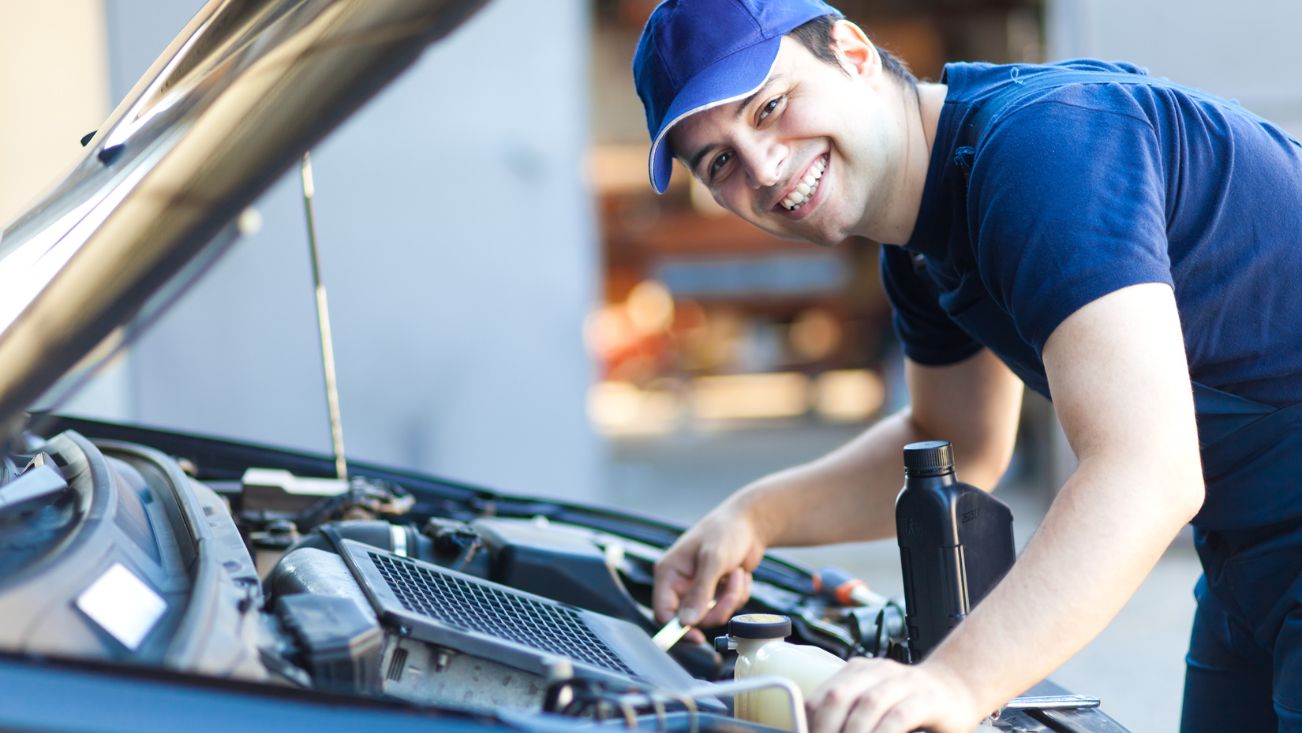All Categories
Featured
Your vehicle's brakes are one of the most crucial components in guaranteeing your security and the safety of others when driving. Routine brake inspections are crucial to keeping optimal stopping efficiency and preventing costly repair work. Whether you're a seasoned vehicle owner or a brand-new motorist, understanding brake evaluation standards can help you stay proactive about upkeep and ensure your automobile is constantly roadworthy.
- Why Brake Inspections Issue. The more you drive, the much more friction your brake pads sustain, at some point leading to lowered braking efficiency. Without proper evaluation, it's challenging to assess when your brakes could be in demand of fixing.
A properly maintained brake system makes sure fast, responsive stopping power, especially in emergencies. It also aids expand the life of your automobile, as overlooking brake maintenance can lead to much more extreme, expensive problems later on.
- Indicators You Need a Brake Evaluation. While it's essential to have your brakes evaluated occasionally, particular indicators might suggest that they need attention. Keep an eye (and ear) out for these caution signals:
Squeaking or Grinding Noises: Unusual sounds, especially a shrill screech or grinding noise, usually mean that your brake pads are worn down. Vibration or Pulsation: If you feel resonances or a pulsing experience when pressing the brake pedal, it can be a sign of deformed rotors or unequal brake pad wear. Reduced Brake Responsiveness: If your brakes really feel less receptive or you need to push the pedal harder to decrease, it may show air in the brake lines or reduced brake liquid. Pulling away: If your car draws to one side when stopping, it can imply irregular brake pad wear or a brake fluid leakage. Dashboard Caution Lights: Some autos have brake-related warning lights that indicate issues like low brake liquid or used brake components. If you discover any of these symptoms, it's essential to have a professional mechanic execute a brake evaluation as soon as feasible.

- What Takes place During a Brake Evaluation? During a brake evaluation, a mechanic will certainly check a number of key elements of the braking system to ensure every little thing is in functioning order. Right here's what you can anticipate during the process:
Brake Pads and Shoes: The auto mechanic will inspect the thickness of the brake pads or footwear. If they're as well slim, they'll require to be changed. Brake Rotors: Rotors are the discs that the brake pads press versus to reduce your car down. They'll be checked for any indicators of wear, scoring, or bending. Brake Liquid: Reduced or infected brake liquid can hinder stopping performance. The service technician will certainly check the fluid degree and high quality and leading it up or purge it if required. Brake Lines and Hose pipes: Brake lines lug fluid from the master cyndrical tube to the brakes. The technician will certainly examine for any type of leakages, splits, or damage to make certain proper fluid flow. Brake Calipers and Wheel Cyndrical Tubes: Calipers and wheel cylinders press the brake pads against the blades or drums. The specialist will look for wear, leakages, and appropriate procedure. 4. How Frequently Should You Have Your Brakes Examined? The regularity of brake assessments relies on elements like your driving routines, the sort of car you drive, and the environment in which you drive. As a basic rule, it's a great idea to have your brakes examined every 12,000 miles or yearly. Nevertheless, if you experience any one of the warning signs pointed out previously, it is very important to get your brakes examined right away.
For those who often drive in hefty website traffic, mountainous terrain, or rough weather, even more frequent assessments may be needed.
- Importance of Timely Brake Services. When you spot an issue with your brakes, it's important to address it as soon as possible. Delaying brake repair work can lead to more substantial damage to your stopping system, leading to higher repair expenses. In severe cases, disregarding brake issues can cause complete brake failure, which is a major security threat.
By staying on top of brake upkeep and addressing concerns quickly, you make sure that your brakes remain to perform as planned, maintaining you and your guests secure when driving.
Final Thought: Keep Your Brakes in Leading Shape. Brake inspections are a simple yet important part of car upkeep. By recognizing the relevance of regular assessments, understanding the signs of brake problems, and staying proactive with repair services, you can ensure your car's stopping system remains in optimum problem.
Latest Posts
Professional Oil Maintenance Today! at MO
Vision Center South - Effective Myopia Care for Kids & Adults
Full Circle Strategic Marketing - Social Marketing Solutions That Builds Connections
More
Latest Posts
Professional Oil Maintenance Today! at MO
Vision Center South - Effective Myopia Care for Kids & Adults
Full Circle Strategic Marketing - Social Marketing Solutions That Builds Connections